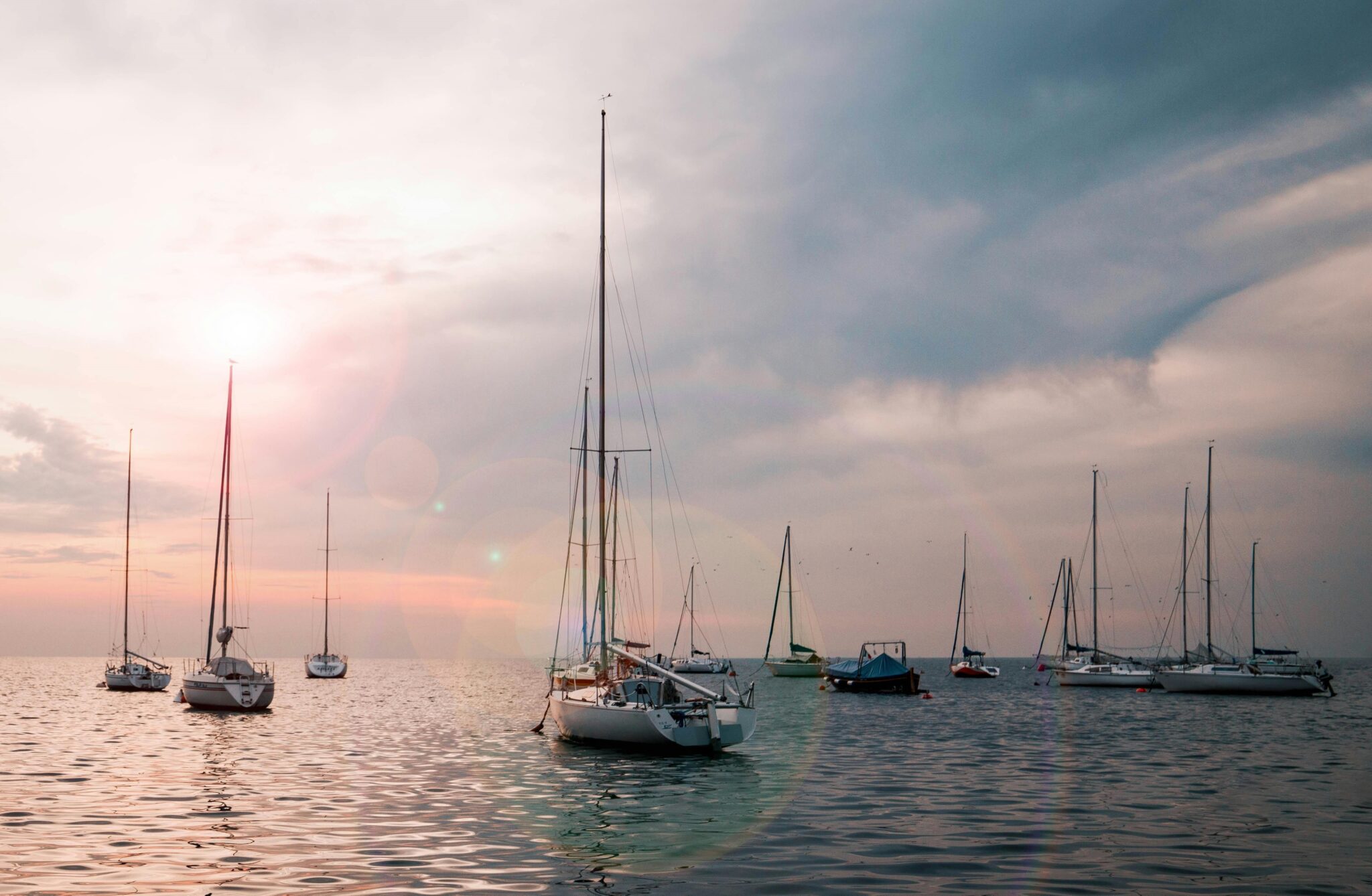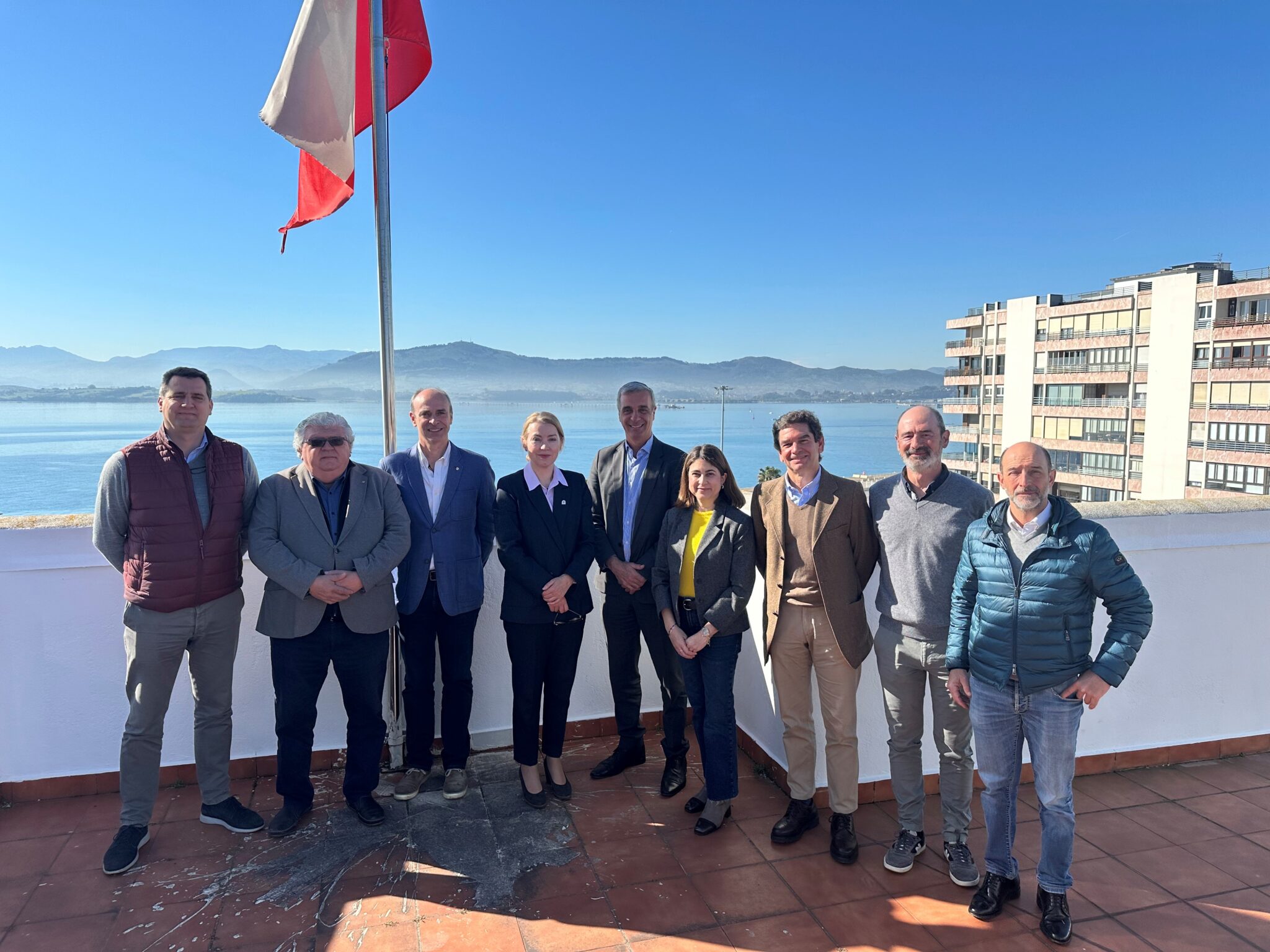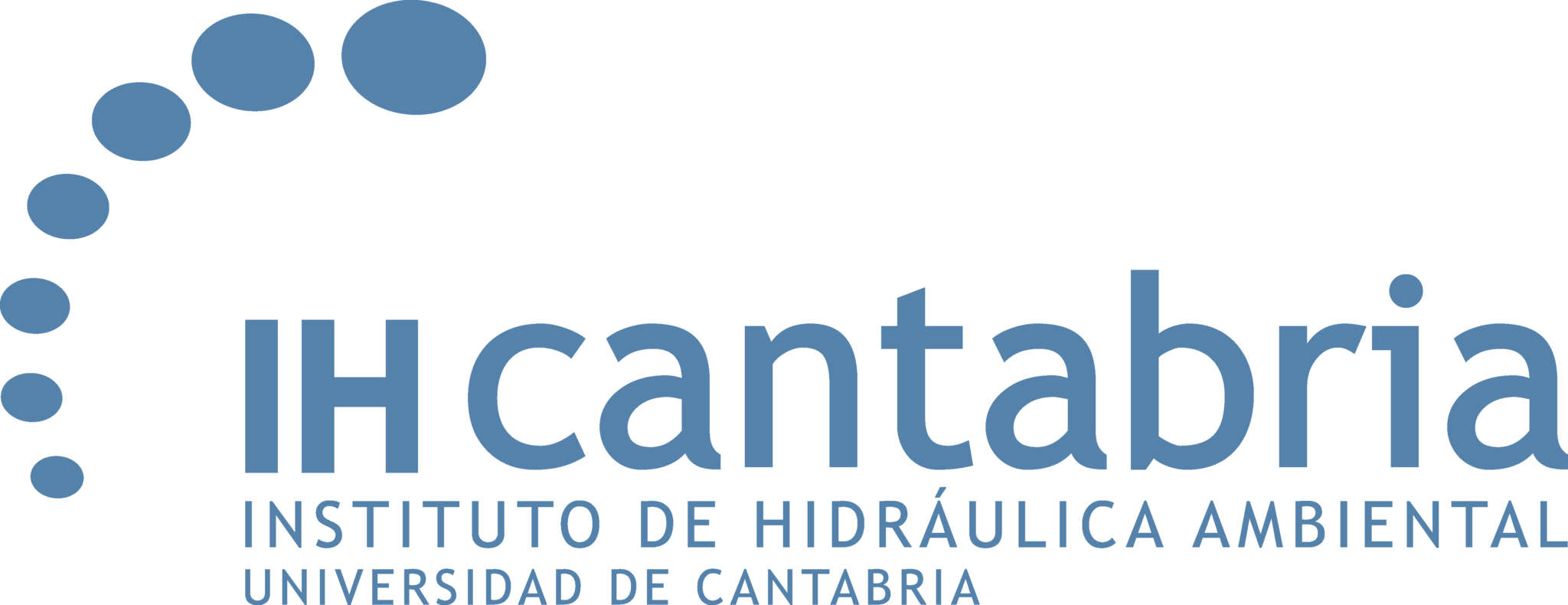The Ministry of Tourism will collaborate with the Maritime Cluster of Cantabria in the development of a mobile application with nautical information.

The Maritime Cluster of Cantabria – MarCA is working on the creation of a mobile application that will offer various services for recreational boating enthusiasts. The project will have the support of the Ministry of Tourism, Culture and Sport of the Government of Cantabria, as its head, Eva Guillermina Fernández, promised in the meeting she held this week with representatives of the Cluster.
The application will offer a local nautical chart showing areas of tourist interest, as well as maritime and weather information. “Tourists who are not from the north of Spain are surprised by the difference between high and low tide here,” he says. Francisco RoyanoDirector of Technology Transfer of IHCantabria and member of the working group of the Cluster that has developed the plan for the promotion of nautical tourism in Cantabria. Therefore, the app will provide updated tide coefficient data and real-time recommendations for the choice of anchorages or routes according to the weather. In addition, the intention is to synchronize it with the Maritime Rescue application to reduce the reaction time in case the intervention of emergency services is necessary.
“The objective is to promote nautical tourism by facilitating the user experience, but always with respect for the sea and the environment,” says Sergio Lopez, president of the Association of Nautical Companies of Cantabria and coordinator of the cluster’s working group. Precisely for this reason, just as sailing routes will be recommended, information will be provided on protected areas where mooring is not allowed, such as in the vicinity of the island of Mouro. Likewise, the community’s capacity to receive tourists will be taken into account in order to find a balance that guarantees the well-being of residents and visitors.
In order to facilitate and improve the tourist experience, the option of reserving moorings in different ports of the autonomous community will be enabled. In addition, it will also show the leisure and restaurant alternatives available in each place. In this sense, says Royano, “the app will highlight all areas of tourist interest in the region, not only those linked to the sea”, so that other activities such as hospitality will also benefit, especially considering that “the nautical enthusiast is usually a profile with a medium-high purchasing power”.
“In short, the user will have access to real-time and predictive data for sports, tourism and recreational use, all on the same platform,” says IHCantabria’s director of Technology Transfer. This project, in addition to attracting economic benefits for the tourism sector, will also have an impact on employment in the region because the development and maintenance will be carried out by Cantabrian companies. Thus, he insists that it is “a very attractive project for the government”. In fact, they will soon meet with the Director General of Tourism and Hospitality, Gustavo Cubero, to finalize some aspects of the collaboration of the regional executive after the willingness of the councilor to support the proposals of MarCA.
Plan for the promotion of nautical tourism
The Maritime Cluster of Cantabria presented in March a plan for the promotion of nautical tourism in the region, a roadmap with more than twenty proposals for improvement to boost this sector. The dossier was prepared by a working group made up of experts in recreational and sport boating, economics and the environment, who analyzed the past and present of this activity to draw up a list of needs.
In addition to Francisco Royano and Sergio López, the team drafting the plan was composed of Fernando Mirapeix, president of the Royal Cantabrian Sailing Federation; Felipe Coll, associate professor at the University of Cantabria (UC); Ignacio Rodríguez del Bosque, professor of Business Economics at the UC; and Carlos Sáinz, head of Bahía de Santander Ecoturismo.
After the presentation of the document to all relevant authorities, efforts are now focused on translating these proposals into concrete and real projects to make Cantabria an outstanding destination for boating enthusiasts.

From left to right: Sergio López (president of the Association of Nautical Companies of Cantabria and coordinator of the MarCA Cluster working group), Felipe Coll (associate professor of the UC), Fernando Mirapeix (president of the Royal Cantabrian Sailing Federation), Eva Guillermina Fernández (councilor of Tourism, Culture and Sport of the Government of Cantabria), Gustavo Cubero (General Director of Tourism and Hospitality), Elena Sedes (Deputy General Director of Tourism), Francisco Royano (Director of Technology Transfer of IHCantabria), Carlos Sáinz (head of Bahía de Santander Ecotourism) and Ignacio Rodríguez del Bosque (Professor of Business Economics at the University of Cantabria).
This study is part of the
ThinkInAzul
program, financed by the Ministry of Science and Innovation with funds from the European Union NextGenerationEU (PRTR-C17.I1) and by the Autonomous Community of Cantabria.




